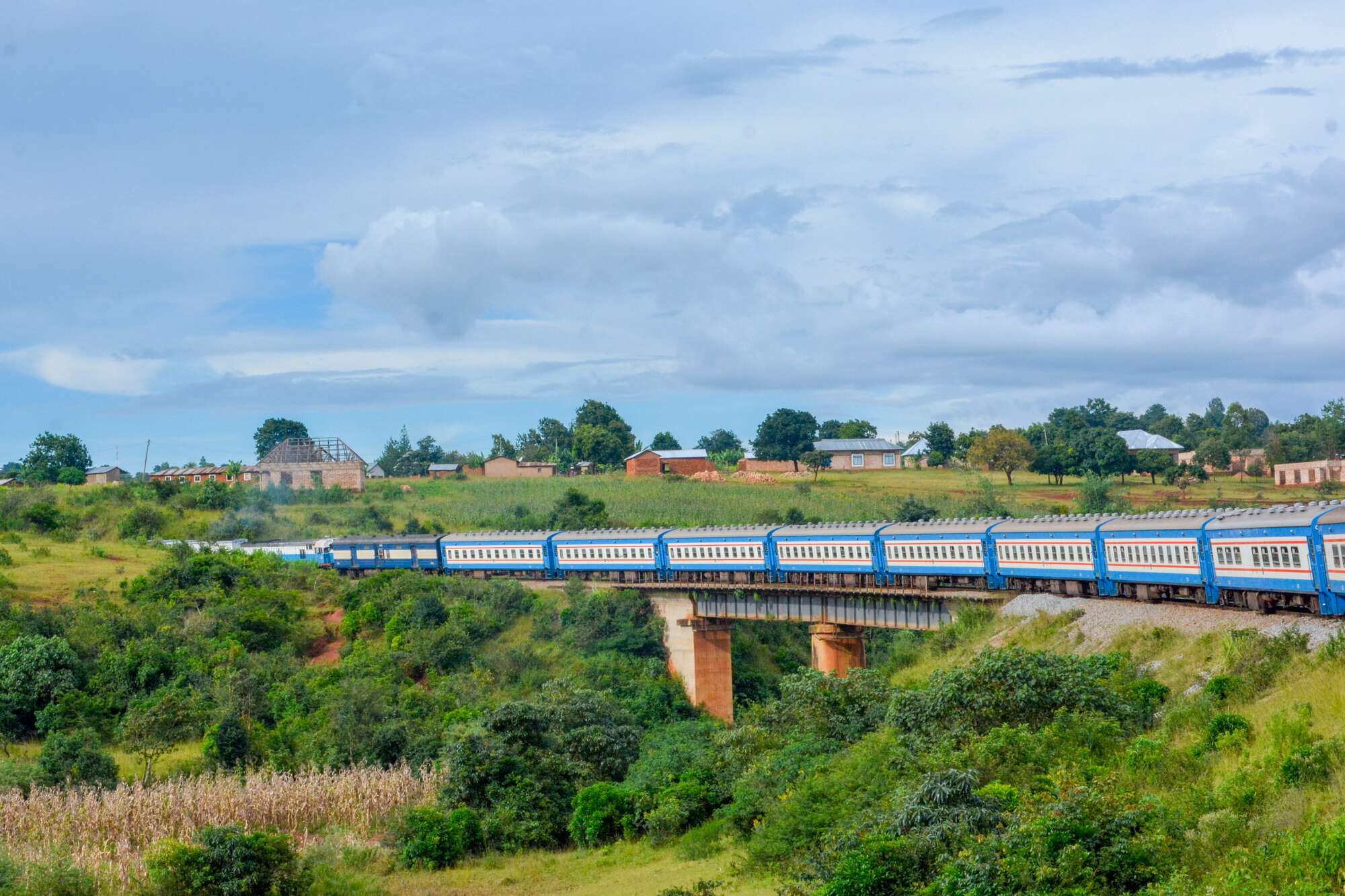
Tanzania officially joins the Lobito Corridor, which connects the Indian Ocean to the Atlantic Ocean
After the US gave a grant for professional help with an environmental assessment study, the Lobito Corridor project, which links four African countries, is now ready to be put into action.
For the 780 km greenfield railway that will connect the Lobito rail line in Luacano, Angola, to the existing railway line in Chingola, Zambia, a feasibility study has been done and a concession deal has been signed.
The African Finance Corporation (AFC), which is in charge of building the Zambia-Lobito railway, signed a deal with the governments of Zambia and Angola to build and run the rail while the UN General Assembly was going on in New York City.
Antony Blinken, who is Secretary of State of the US, was at the ceremony where the US Trade and Development Agency gave the AFC a $2 million grant for technical help to do an environmental and social impact study.
Blinken also said that Tanzania would be officially joining the project.
“One of our biggest projects is the Lobito Corridor, which links Angola, Zambia, and the Democratic Republic of the Congo.” “The end goal is to build a bridge between the Atlantic Ocean and the Indian Ocean,” Mr. Blinken said.
“Tanzania is also taking part in discussions about the Lobito Corridor for the first time today, which we very much welcome.”
By adding Tanzania to the Lobito Corridor, the project will be able to go all the way to the Indian Ocean, making it easier to move nickel and other minerals.
It was said by Blinken that the US and its partners have already promised more than $4 billion for projects in the Lobito Corridor.
Enoh T. Ebong, Director of USTDA, said that the project would make it easier for trade, business, and important mineral growth to happen between Angola’s Port of Lobito and Zambia’s Copperbelt.
“This project will help change the economic landscape of Angola, Zambia, and the Democratic Republic of the Congo. It will also boost trade and help the people whose jobs will depend on economic activity along the corridor,” Dr. Ebong said.
“Support for the rail line will help build the Lobito Corridor, which is a priority for the US government under the Partnership for Global Infrastructure and Investment (PGI). The PGI aims to give emerging markets that want to invest in infrastructure a way to do so that is sustainable, open, and led by the private sector.”
President and CEO of AFC, Samaila Zubairu, said that the Zambia-Lobito Rail route will create a trans-continental trade route once it is finished. This will make it easier to trade and invest across Africa in many areas, such as mining, agriculture, energy, tourism, and more.
“That’s why we’re glad to get this project preparation grant from USTDA to move forward with the ESIA for the project. It shows how important it is to invest in infrastructure in Africa to protect trade routes and make sure there is a supply of essential minerals for the global energy transition.”
The high-level meeting moved forward PGI’s main project, the Lobito Corridor, which aims to build a link across continents from the Atlantic Ocean to the Indian Ocean.
The European Partnerships Commissioner, the Italian Vice Foreign Minister, the AFC CEO, and the Senior Vice President for Agriculture and Human Development of the African Development Bank were all at the event. So were the foreign ministers of Angola, the DRC, Tanzania, and Zambia.
All Categories
Recent Posts
Tags
+13162306000
zoneyetu@yahoo.com



